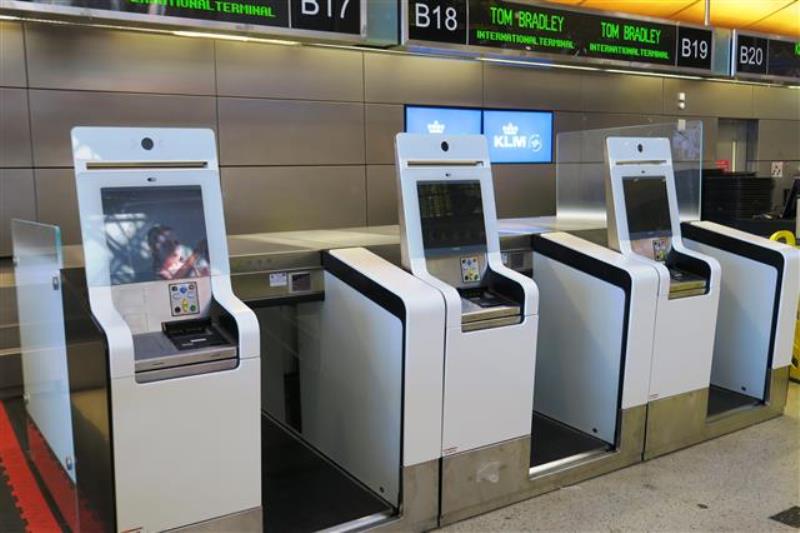
Los Angeles International Airport (LAX) in the US has started testing a self-service baggage drop system at its Tom Bradley International Terminal.
The system is located in the ticketing lobby’s Aisles B and C.
Los Angeles World Airports (LAWA) interim CEO Justin Erbacci said: “A seamless, efficient and easy guest experience is key to creating a world-class airport.
“By integrating state-of-the-art self-service bag drop technology and improving each point of the passenger journey, we continue to transform LAX inside and out.”
Passengers travelling via Asiana, Cathay Pacific, Lufthansa, Norwegian and Scandinavian airlines are able to use the system.
The airport plans to enable passengers flying with Air France / KLM, ANA, British Airways, Korean Airlines, Singapore Airlines and EVA to use the facility in the future.
Passengers will use the self-service kiosks to print their own baggage tags.
After printing the tag, travellers will use the ‘Drop & Fly’ unit, which features a conveyor belt to transport baggage to the airport’s main intake system.
The units can also use additional biometric technology such as facial recognition, which the airport plans to trial in the future.
In cases where the baggage doesn’t adhere to the baggage dimensions and weight, passengers will have to move to the airline’s counter for baggage check-in.
The pilot test is expected to continue for around four to eight months. Los Angeles World Airports plans to closely monitor the system to collect data about processing times, successful transactions and types of failures.



